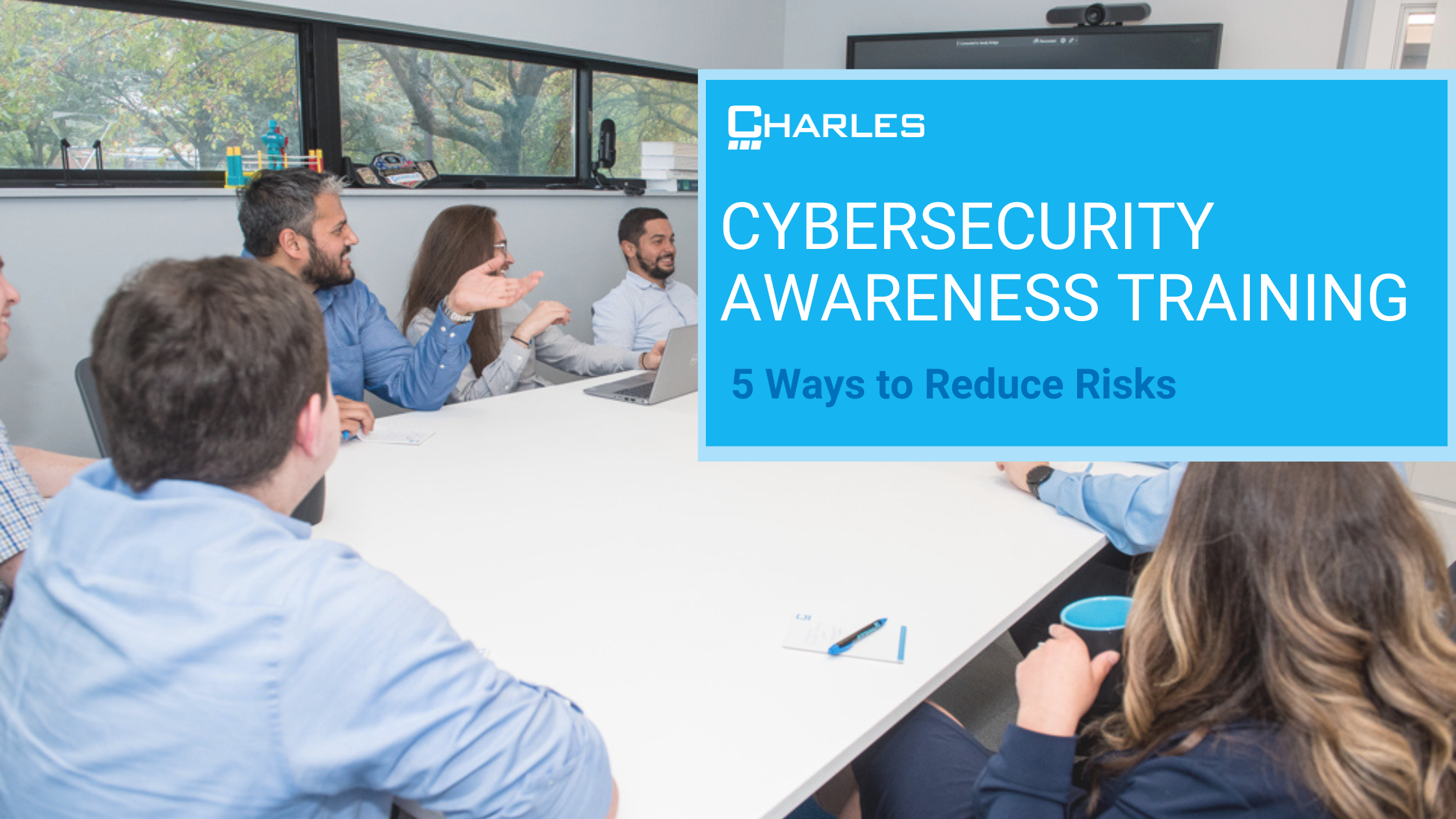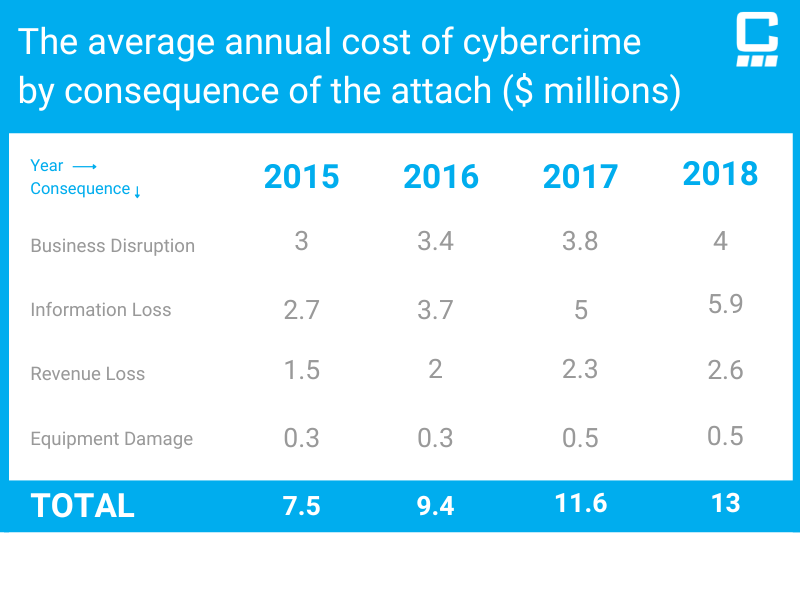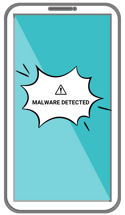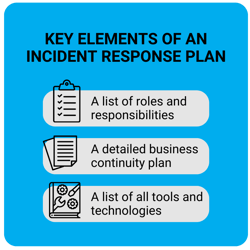
As technology continues to advance, the need for cybersecurity is more important than ever. With cyberattacks becoming more frequent and sophisticated, businesses must prioritize cybersecurity to protect their sensitive data and avoid costly breaches. While many companies invest in IT security solutions, it is crucial not to overlook the human element in cybersecurity. Social engineering tactics used by cybercriminals can trick even the most secure systems, making employee cybersecurity awareness training essential. In this blog post, we will explain how security awareness training helps to reduce the risks and offer five ways to improve your organization's cybersecurity posture.
Importance of Cybersecurity Awareness Training for Employees
Employees represent one of the greatest risks to a company's cybersecurity. According to the 2021 IBM Cost of a Data Breach report, human error accounts for 23% of all data breaches, and the average cost of a data breach is $4.24 million. Furthermore, Verizon's 2021 Data Breach Investigations Report found that 36% of data breaches involved social engineering tactics. This highlights the need for cybersecurity awareness training for employees to reduce the risk of human error and social engineering attacks. Unfortunately, it seems this trend is only going to continue. Global cybercrime costs are projected to rise by 15% every year for the next five years, translating to an annual cost of $10.5 trillion by 2025, up from $3 trillion in 2015.

So, how exactly can we reduce risk within an organization? One major way is through cybersecurity awareness training for employees.
Five Ways to Reduce Risk with Cybersecurity Awareness Training
Phishing Awareness
Phishing attacks are a common form of social engineering used by cybercriminals to trick employees into divulging sensitive information or clicking on malicious links. The 2021 State of the Phish report by Proofpoint found that 88% of organizations worldwide experienced spear-phishing attempts in 2020. Employees should be trained on how to recognize phishing emails, including looking for suspicious links and attachments, and reporting any suspicious activity to IT.
The graph shows the decrease in phish-prone1 percentage after 12 months of utilizing security awareness training. This directly translates to your team being able to identify a malicious email and knowing better than to click on it.
1Phish-prone Percentage is calculated based on the number of total failures (clicks, attachment opens, data entry, enabling macros on attachments, replying) divided by the total number of emails delivered in that campaign.
Password Security 
Weak passwords are a common security vulnerability in businesses. A study by NordPass found that one of the most commonly used password is "123456," and the top 10 most common passwords make up 15% of all passwords analyzed. Employees should be trained on creating strong passwords that include a mix of upper- and lower-case letters, numbers, and symbols. They should also be encouraged to use password managers to securely store and generate complex passwords.
Remote Work Security
The COVID-19 pandemic has accelerated the trend of remote work, which has created new cybersecurity challenges. The 2021 Global Remote Workforce Cybersecurity Report by Cybersecurity Insiders found that 70% of organizations experienced a cybersecurity incident due to remote work. Employees should be trained on securing their home network, using virtual private networks (VPNs), and avoiding public Wi-Fi networks when working remotely.
Charles IT offers security awareness training service that includes educational videos, email, USB, and phone phishing simulation tests, along with support around developing security incident reporting protocols. Rolling out the service is easy, so you can quickly get started with your company’s security awareness training.
Mobile Device Security 
Mobile devices have become ubiquitous in the workplace, and they present unique cybersecurity risks. A study by Wandera found that 46% of businesses had at least one mobile malware attack in 2020. Employees should be trained on securing their mobile devices, including enabling passcodes and biometric authentication, installing antivirus software, and avoiding downloading apps from untrusted sources.
Incident Response
Despite the best cybersecurity measures, breaches can still occur. That's why it's essential to have an incident response plan in place to minimize damage and recover as quickly as possible. Employees should be trained on the incident response plan and their roles and responsibilities in case of a breach. Regular incident response drills and tabletop exercises can help ensure that employees are prepared to respond effectively.

Still unsure? Let's math it out!
If your security awareness training provider charges $20.00 per employee per year, and you have 50 employees, then security awareness training will cost you $1,000 per year.
*Note: The numbers used above are based on industry averages and do not reflect Charles IT pricing.
Compared to the cost of a cyberattack and data breach, security awareness training is a no-brainer!
Want to learn more about Charles IT’s Security Awareness Training? Talk to one of our experts today!



